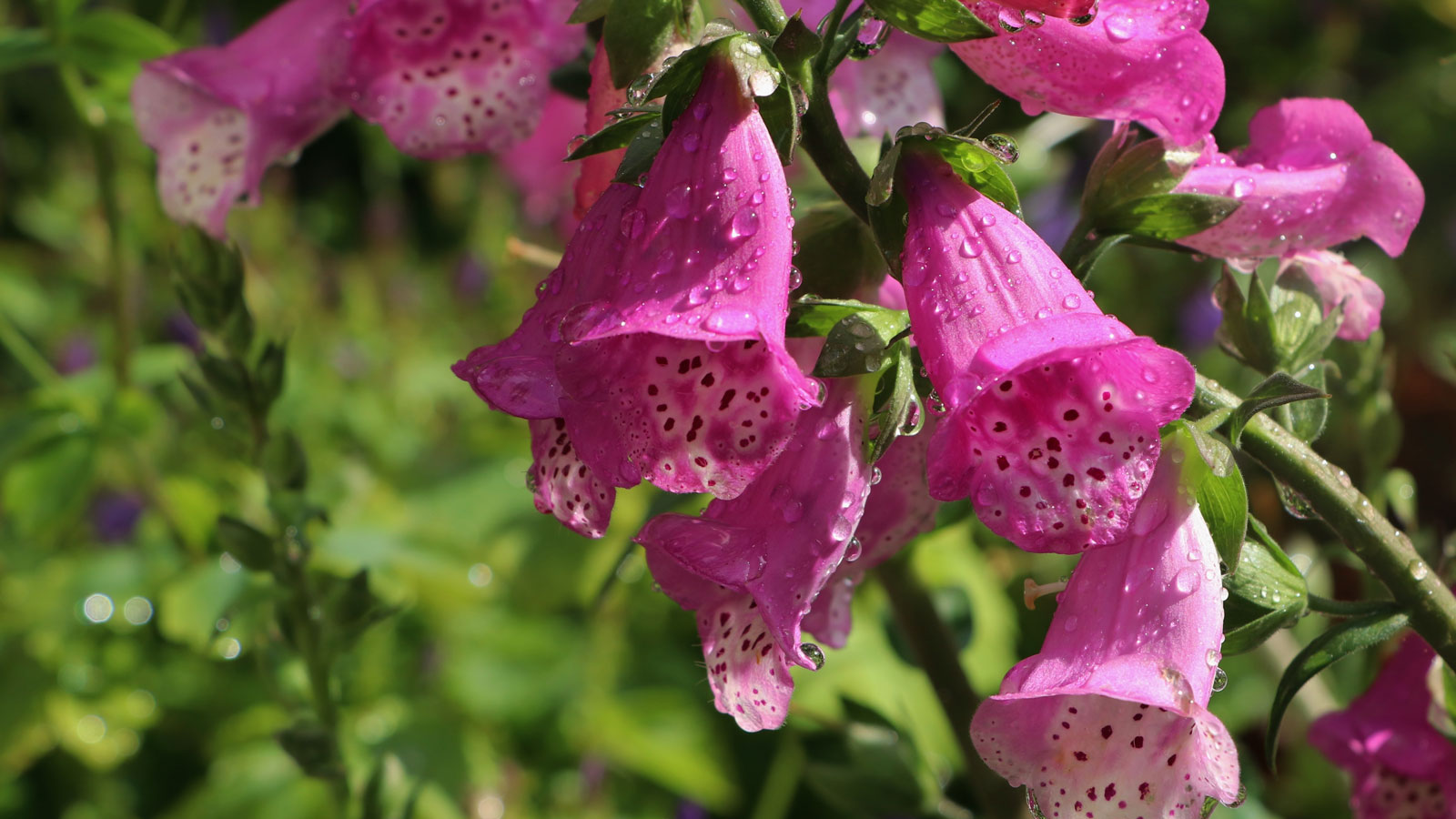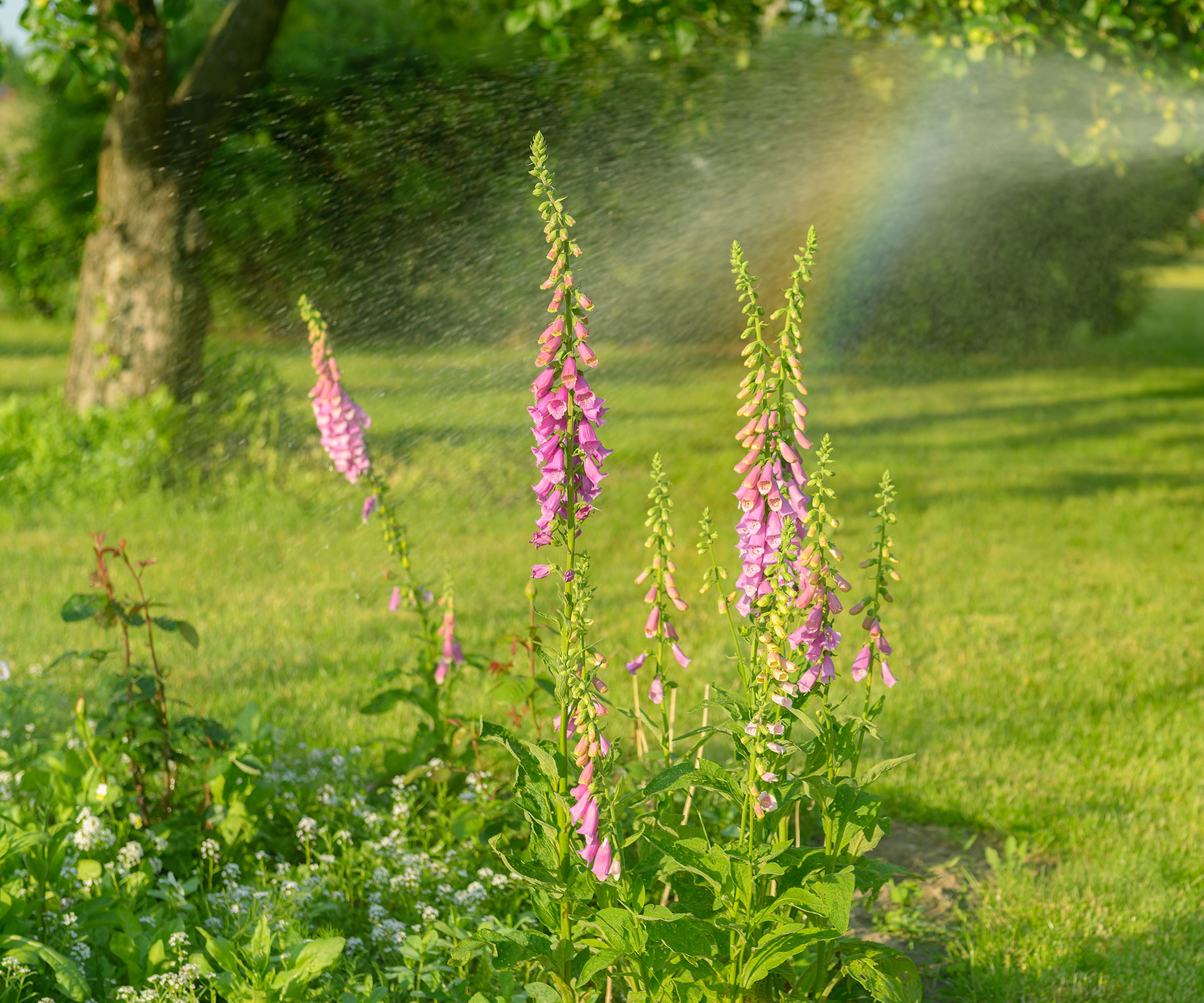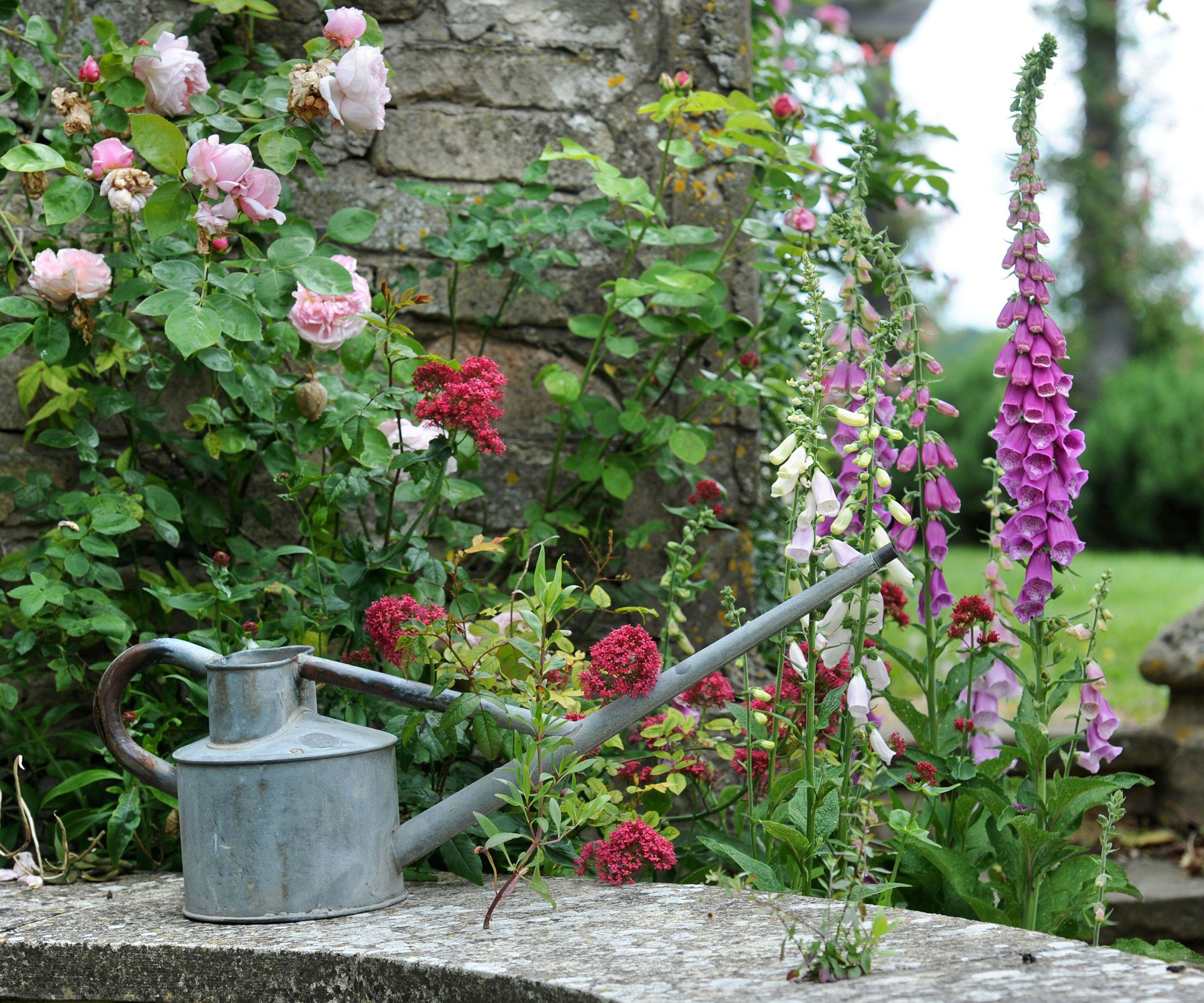Secrets To Watering Foxglove Plants: Give Your Digitalis A Good Drink
You may not think that watering foxglove plants makes much difference to the health of these easy-going cottage garden plants, but think again. Here’s how to hydrate for happy foxgloves


With their impressive bloom and rich color, foxgloves remain a staple in cottage gardens and mixed borders. A true biennial, these plants are generally considered easy to grow, blooming dependably in their second summer. However, routine foxglove care through the growing season further helps to ensure the best display – and watering foxglove plants can make a big difference to vitality and blooming power. Water plays a vital role in both root development and the formation of flowers.
Of course, you may be wondering, do foxgloves need a lot of water? This guide explores how often to water foxglove plants, the specific needs of those grown in beds and containers, and using proper watering techniques.
When Foxgloves Need the Most Watering
Knowing when to irrigate or provide extra moisture to foxgloves is essential to their development. When watering foxgloves, consistency is important to establishing new seedlings whose roots may still be quite tender, as well as to plants that are preparing to bloom.
Growing conditions in the garden that are affected by weather will also play a role in determining when foxglove plants will need the most water. While some regions receive sufficient rainfall to meet the water requirements of these classic cottage garden plants, gardeners elsewhere may need to monitor moisture levels more closely. Foxgloves grown in regions of high temperatures or periods of drought are among the most likely to benefit from an increased frequency of watering.

Watering Foxgloves in Open Ground
Foxgloves grow best where soil remains cool and consistently moist throughout summer. These plants appreciate regular watering at the rate of one-two times per week, but good drainage is a must. Check your flower beds periodically, making certain that they’re not allowed to dry completely between waterings. Using proper irrigation techniques, such as soaker hoses or drip irrigation, can also contribute to the overall health of the plants.
Slow, deep watering and the use of mulch can further help to conserve water and prevent the occurrence of disease. Knowing how often to water foxgloves is crucial, though. Do not overwater them, as they will not tolerate excessively wet or waterlogged soils. Indications of overwatering include yellowing foliage, wilt, and eventually, root rot. Also, don’t forget to support foxgloves once they are established, as unsupported plants may flop or snap when watering.
Watering Foxgloves in Containers
Potted foxgloves can be used to make a distinctive visual statement in the landscape. However, foxglove plants require special watering care, which is of paramount importance when growing them in containers. Potted plants are much more likely to dry between waterings. This often results in foxgloves becoming stressed. Poor root development or flower production, as a result, is not uncommon.
Sign up for the Gardening Know How newsletter today and receive a free copy of our e-book "How to Grow Delicious Tomatoes".
So pay close attention to foxglove water requirements if growing in containers. Checking moisture levels of pots and containers on a daily basis can help with managing moisture levels and keeping your plants healthy. Containers should be watered from below, making certain to avoid wetting leaves and foliage whenever possible.

Watering Foxgloves in Winter
In their first growing season, gardeners can expect foxglove plants to produce a rosette of large leaves. Though the plants may behave as an evergreen in warmer regions, their foliage will often die back with the arrival of winter. Frequency of watering should also be reduced as part of foxglove winter care, ceasing as cool weather settles in. Watering foxglove plants can begin again in spring, when the weather has warmed and growth has resumed for the season.
Frequently Asked Questions
How Do You Save a Dying Foxglove?
Foxglove plants that have suddenly started to die require a quick diagnosis. Experienced growers suggest first checking that all conditions for growth have been met. Other common causes of concern include root rot, wilt, and a variety of other fungal issues such as anthracnose disease.
How Do You Keep Foxgloves Blooming All Summer?
Growers can help to keep foxglove plants blooming in a number of ways. Planting a variety of types, including those that flower the first year, is most helpful in extending the bloom period. Consistent moisture, routine feeding and deadheading will also play a role in the continued production of flowers.

Tonya Barnett has been gardening for 13 years. Flowers are her passion. She has transformed her backyard into a cut flower garden, which she regularly chronicles on her YouTube channel http://www.youtube.com/@tonyawiththeflowers.